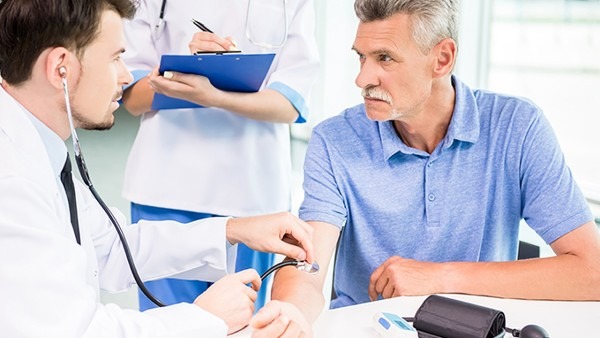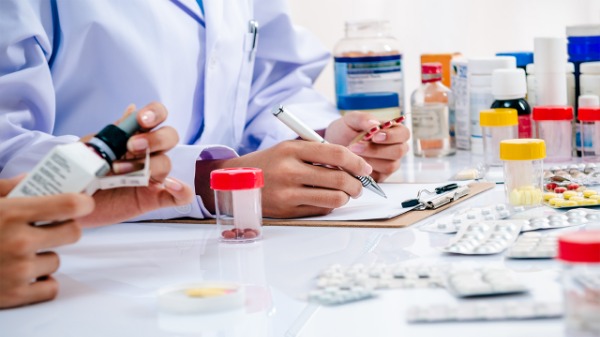How to Prevent Secondary Syphilis: Experts' Advice

How Secondary Syphilis Occurs
Secondary syphilis is the second stage of syphilitic infection, occurring 4-10 weeks after the primary stage. This stage is characterized by widespread symptoms that affect multiple organs in the body.
Understanding the Importance of Prevention
Preventing secondary syphilis is crucial because it can lead to severe complications, including neurological damage, blindness, and even death. Implementing effective preventive measures is essential to safeguard your health and well-being.
Strategies for Prevention
1. Prompt Treatment of Primary Syphilis:
Early diagnosis and treatment of primary syphilis is key to preventing secondary syphilis. When diagnosed and treated promptly, the infection can be effectively cleared, preventing its progression to the secondary stage.
2. Regular Screening and Testing:
Individuals who engage in risky sexual behavior or who have symptoms suggestive of syphilis should undergo regular screening and testing. This allows for timely detection and treatment of the infection, preventing its progression to subsequent stages.
3. Safe Sexual Practices:
Using condoms during sexual intercourse is the most effective method of preventing transmission of syphilis and other sexually transmitted infections (STIs). Condoms create a physical barrier, preventing the exchange of bodily fluids that may contain syphilis bacteria.
4. Avoiding Shared Needles:
Sharing needles for drug injection poses a high risk of transmitting syphilis and other blood-borne infections. Always use clean and sterile needles to avoid potential exposure.
5. Examination of Sexual Partners:
If you are diagnosed with syphilis, it is crucial to inform your sexual partners and encourage them to undergo testing. This allows for early detection and treatment of the infection, preventing its further spread.
6. Follow-up Appointments:
After being treated for syphilis, it is essential to attend all follow-up appointments with your healthcare provider as scheduled. These appointments allow for monitoring of your progress and ensure that the infection has been effectively cleared.
Additional Risk Factors to Consider
Certain factors can increase your risk of developing secondary syphilis, including:
Being HIV-positive
Having a weakened immune system
Engaging in unprotected sex with multiple partners
Having a history of STIs
Symptoms of Secondary Syphilis
Secondary syphilis presents with a wide range of symptoms, including:
Skin rashes: These rashes can have different appearances, such as a generalized body rash, palm and sole rash, or mucous membrane lesions.
Fever and chills: You may experience intermittent fevers and chills during this stage.
Swollen lymph nodes: Lymph nodes in various parts of the body, including the neck, armpits, and groin, may become enlarged and tender.
Muscle and joint pain: Aches and pains in the muscles and joints can be present.
Headaches and malaise: A general feeling of fatigue, weakness, and discomfort may accompany secondary syphilis.
Seeking Medical Attention
If you experience any symptoms suggestive of secondary syphilis, it is essential to seek medical attention immediately. Early diagnosis and treatment are vital to preventing the progression of the infection and preserving your health.
Conclusion
Preventing secondary syphilis is paramount to safeguard your well-being. By adhering to the preventive strategies outlined in this article and seeking medical attention promptly, you can effectively reduce your risk of developing this potentially serious condition. Remember, early detection and treatment can make all the difference in ensuring a healthy and fulfilling life.
The above is all the content that the editor wants to share with you. I sincerely hope that these contents can bring some help to your life and health, and I also wish that your life will be happier and happier.
Topic: #secondary #syphilis #prevent










